- Home
- /
- Digital Marketing
- /
- Google 2025 Search Algorithm Update…
Introduction: Navigating Yet Another Search Update
In June 2025, Google rolled out a new search algorithm update, yet another significant change that every digital marketer needs to pay attention to. Unlike the disruptive core updates that cause sharp volatility, this one is more of a refinement that deepens Google’s focus on content quality, author authenticity, and mobile-first user experience.
If you’re involved in SEO, content strategy, or website performance, understanding the implications of this update is crucial. This article breaks down what changed, how it affects your site, and what actionable steps you should take right now to stay competitive.
Key Changes Introduced in the June 2025 Google Algorithm Update
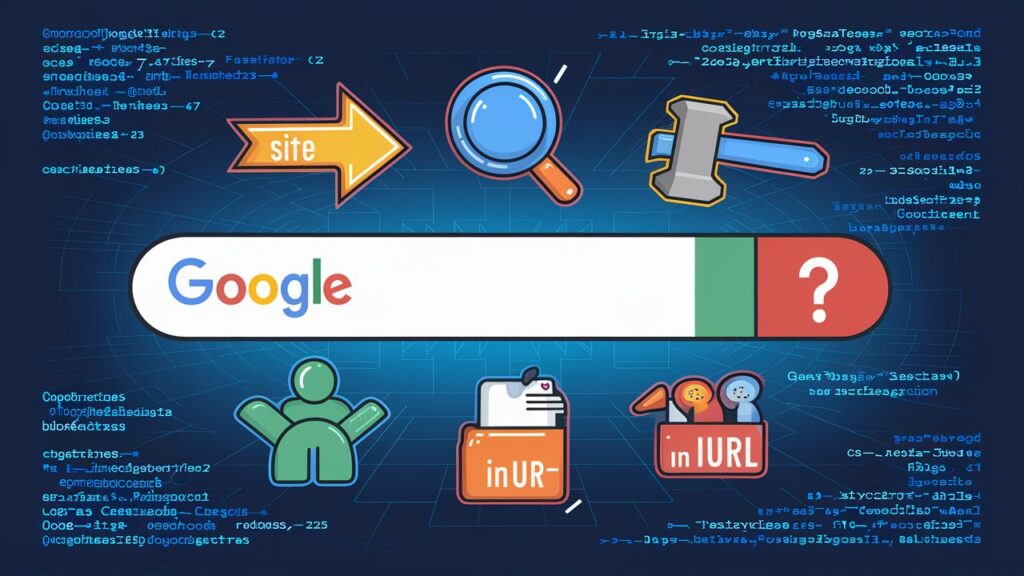
Enhanced Detection of AI-Generated Content
Google has become increasingly capable of identifying content generated by AI tools. In 2025, it will no longer be sufficient to simply rephrase existing articles using tools like ChatGPT or Gemini. Google now evaluates AI-assisted content based on:
- Originality and unique insights
- Added human value and editorial oversight
- Trustworthiness of information
- Contextual relevance
What this means
If your content lacks human curation, real-world examples, or fresh perspectives, it may be devalued, even if it appears grammatically sound.
Stricter Enforcement of E-E-A-T Principles
Google’s E-E-A-T framework, Experience, Expertise, Authoritativeness, and Trustworthiness, is not new. However, the latest update incorporates more advanced machine learning models that assess:
- Whether the author is a verified subject matter expert
- If the website is a recognized authority in its domain
- The presence of citations, external references, and credible sources
- The completeness of author and organizational information
Takeaway
Content must now reflect clear experience and authorship credibility. Publishing anonymously, or without structured author data, can significantly reduce visibility.
Greater Weight on Mobile Experience and Core Web Vitals
As mobile-first indexing continues to evolve, Google has raised the benchmarks for user experience on smartphones. Websites that perform poorly on mobile, due to slow speed, layout instability, or excessive delays, are now penalized more aggressively.
Updated Core Web Vitals Benchmarks (as of June 2025)
| Metric | Updated Threshold |
|---|---|
| Largest Contentful Paint (LCP) | < 2.3 seconds |
| Cumulative Layout Shift (CLS) | < 0.1 |
| Interaction to Next Paint (INP) | < 200 milliseconds |
Recommendation
Use tools like PageSpeed Insights or Lighthouse to monitor and optimize mobile performance.
Examples: Practical Impacts of the 2025 Update

Success Story
A finance blog gained a 43% traffic boost post-update. Why?
- Author profiles linked to verified LinkedIn accounts
- Detailed how-to guides with screenshots and original commentary
- Pages loaded in under 2 seconds on 4G networks
- Schema implementation for articles, FAQs, and authors
Conclusion
They met the new standards for E-E-A-T and technical performance.
Failure Example
An affiliate-heavy website suffered a 57% traffic drop.
- Heavily reliant on auto-generated content
- No author bios or organization transparency
- Excessive ads and poor mobile responsiveness
Conclusion
Lack of trust signals and poor UX led to visibility loss.
Action Plan for Digital Marketers

Conduct a Comprehensive Content Audit
Use tools like Ahrefs, SurferSEO, or Screaming Frog to identify underperforming pages. Update them with:
- Original insights or updated data
- Real examples or case studies
- Internal links to related content
Enhance E-E-A-T Signals
- Add author bios with credentials and external links
- Link to authoritative sources (government sites, research papers)
- Include testimonials, quotes, or expert commentary where applicable
Implement Structured Data (Schema Markup)
Focus on
AuthorandArticleschemasOrganizationwith social profile linksFAQpage for posts with commonly asked questions
Use Google’s Rich Results Test to verify.
Prioritize Mobile Optimization
- Use a CDN like Cloudflare or BunnyCDN
- Enable lazy loading and compress images
- Remove unnecessary JavaScript and ad scripts
Frequently Asked Questions (FAQs)
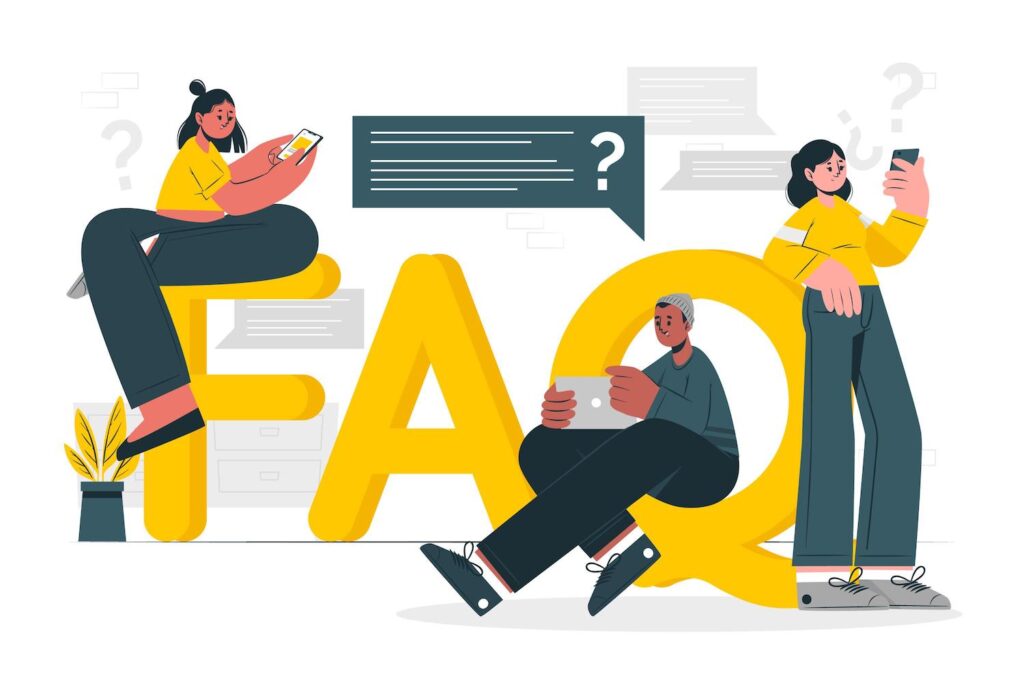
Is AI-generated content now banned by Google?
No. AI content is still allowed, but it must demonstrate human oversight, value addition, and originality. Content that feels “machine-like” or generic will perform poorly.
Should I update older blog posts now?
Yes. Refreshing old content with updated information, improved formatting, and relevant schema can improve visibility under the new algorithm.
Do I need an author bio on every post?
Absolutely. Each post should clearly indicate who wrote it, and that profile should link to a detailed bio showing qualifications, social links, and other published work.
How do I check if my site is affected?
Use Google Search Console. Look for traffic drops in organic search impressions or clicks around mid to late June 2025. Review Core Web Vitals and Index Coverage as well.
Recommended Reading & Tools

- 📘 The Art of SEO by Eric Enge & Rand Fishkin
- 📘 Content Strategy for the Web by Kristina Halvorson
- 🔧 Google Search Central Blog (Official Updates)
- 🔧 PageSpeed Insights, Screaming Frog SEO Spider, Ahrefs
- 🔧 Schema Markup Generator by Merkle
Conclusion: The Era of Authentic, High-Performance Content

The June 2025 Google algorithm update reinforces one consistent truth: search is no longer about keywords alone. It’s about experience, trust, and the value delivered to users, especially mobile users. Digital marketers must now think like publishers, developers, and user advocates all at once.
If your content is authentic, fast, and helpful, this update is an opportunity, not a threat.







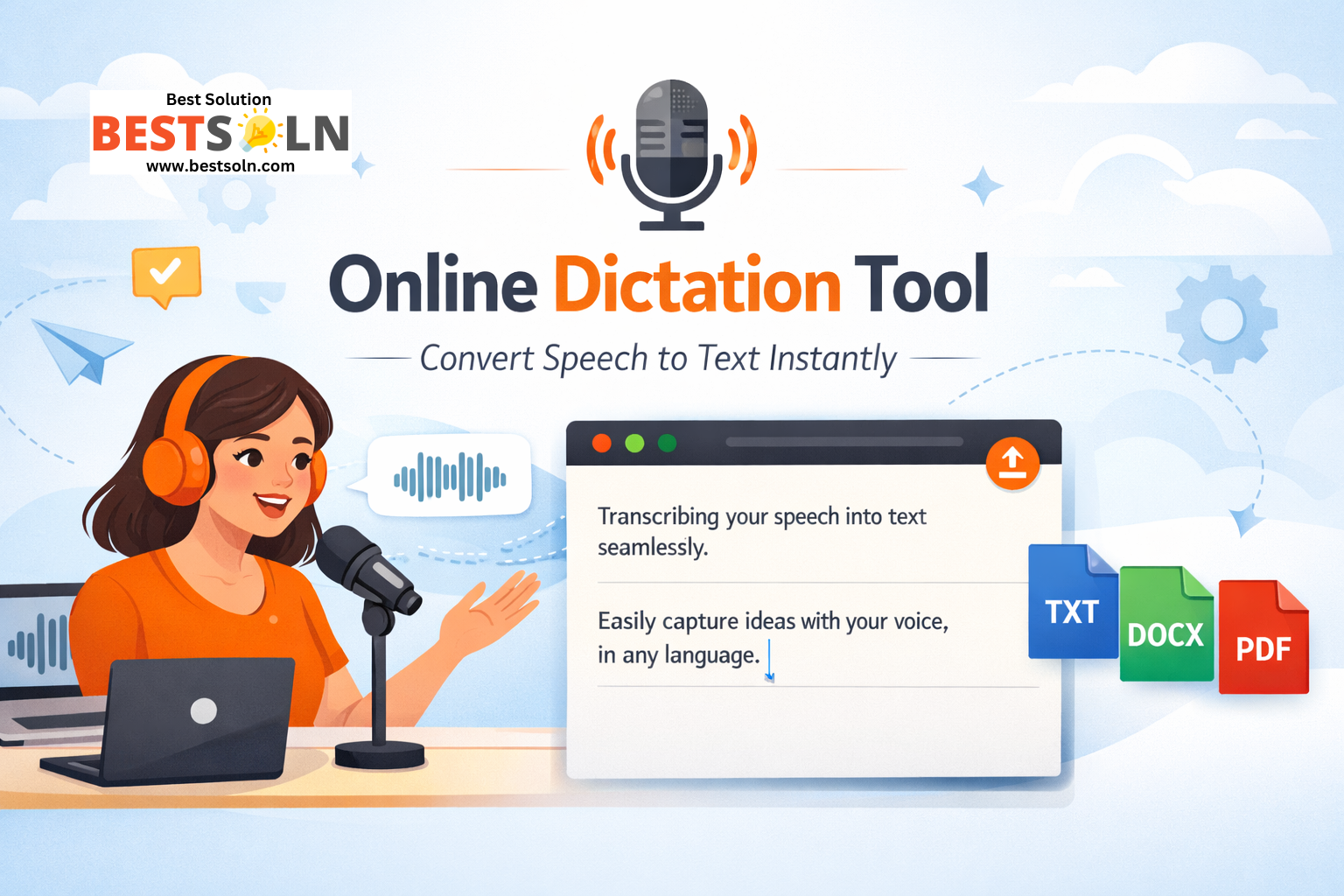
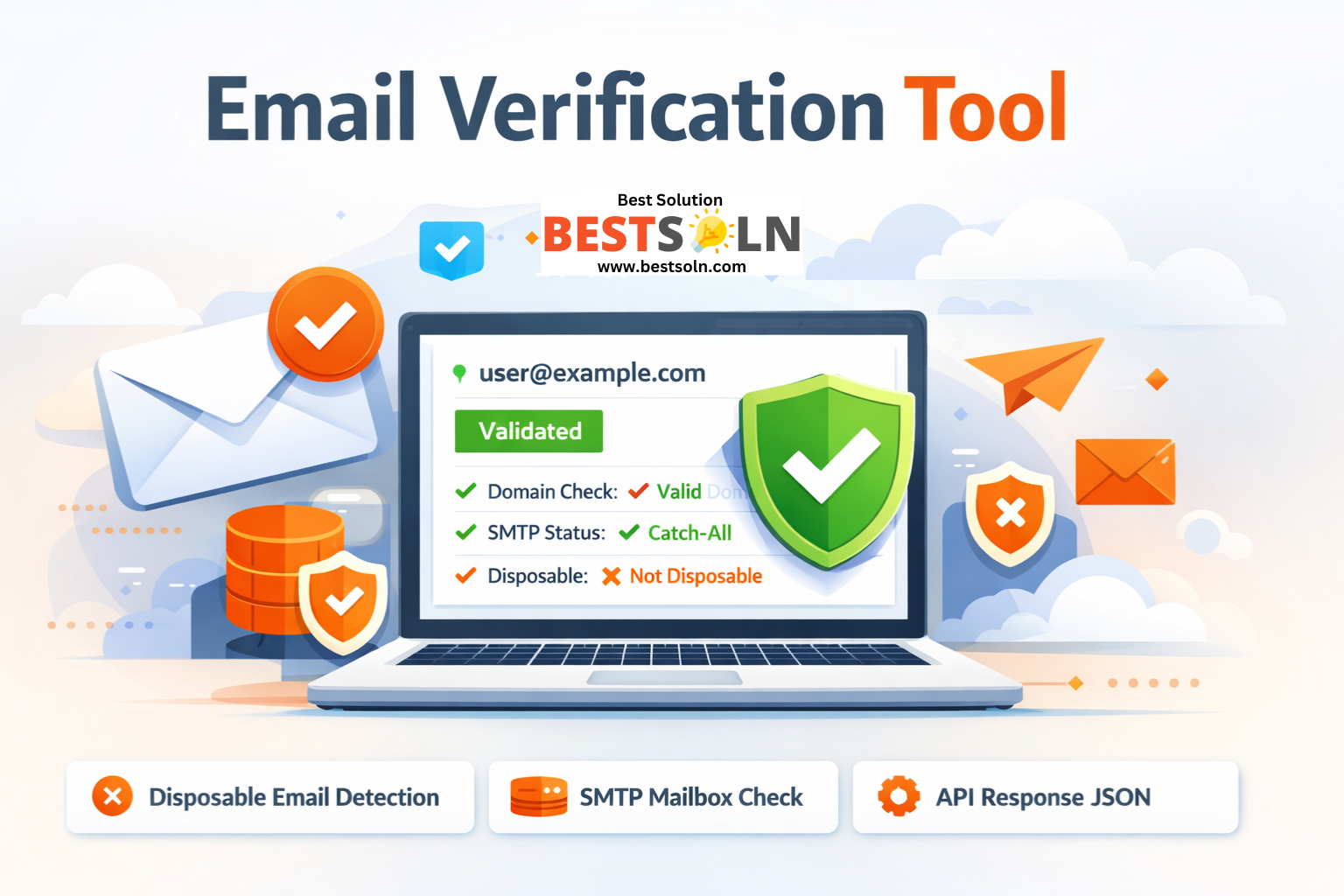
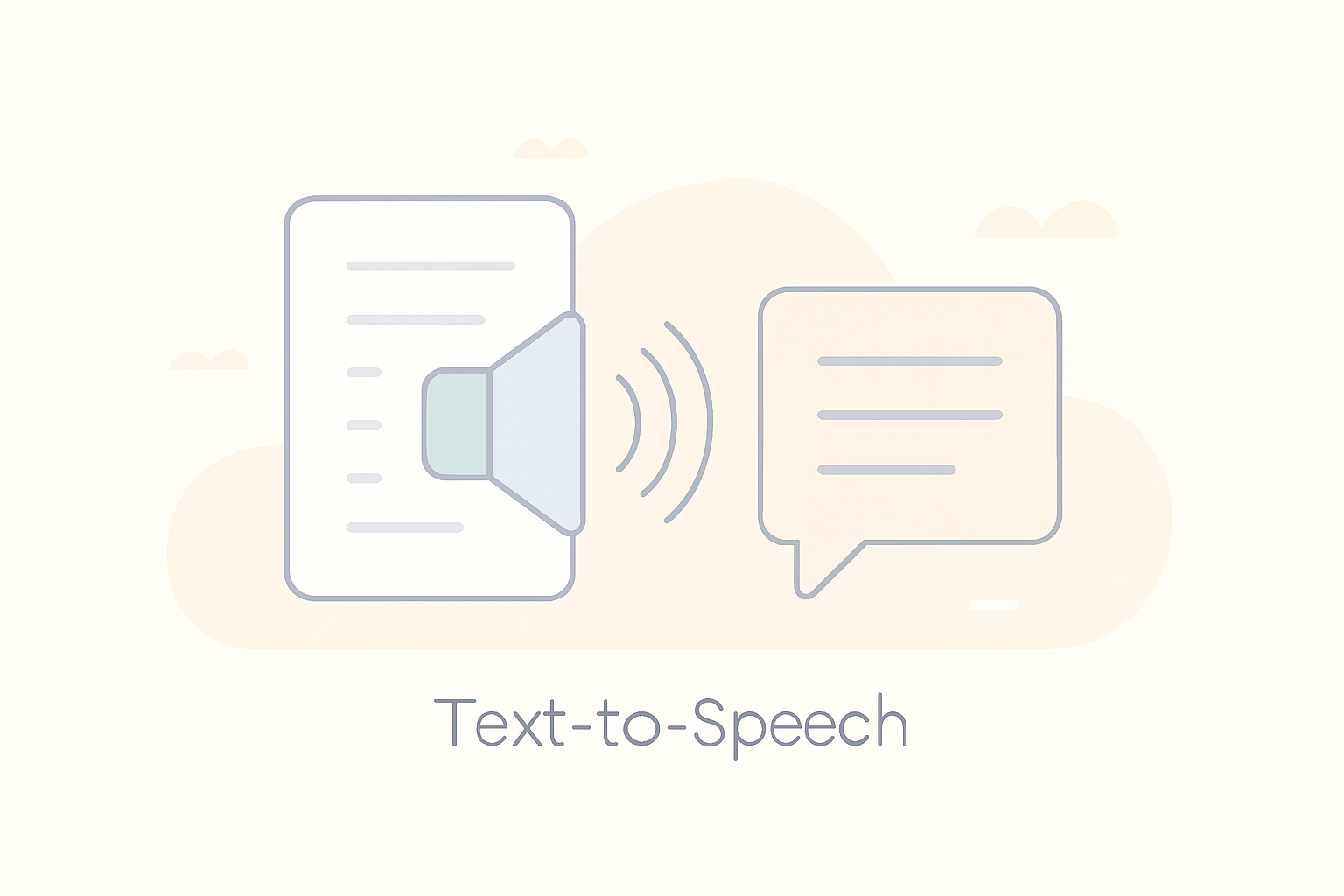

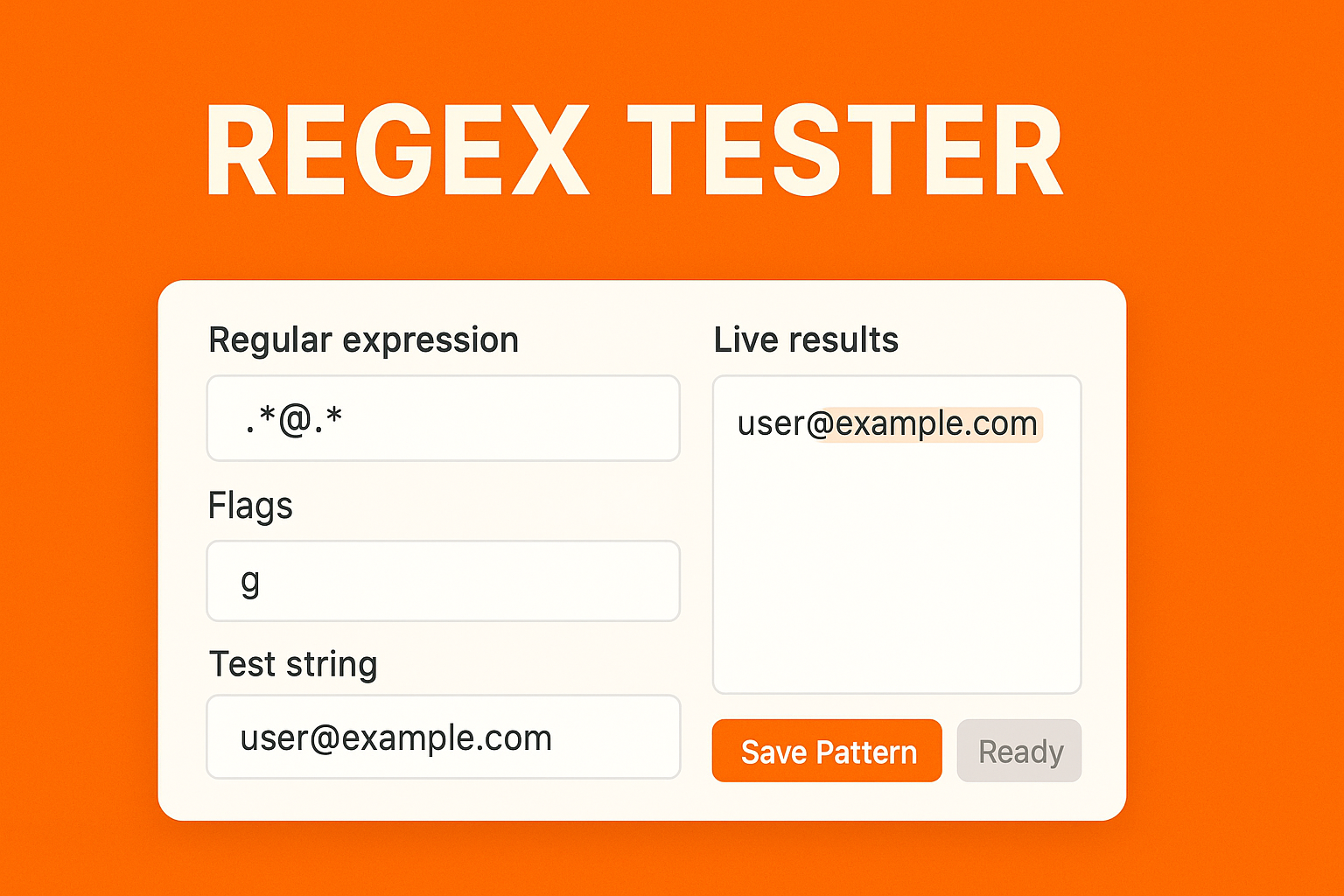








Leave a Reply